Manabloc Madness
During the heydays of widespread polybutylene usage, installing a central manifold to distribute piping to individual plumbing fixtures was a common practice in garden style multi-family construction.Many of these systems were installed using a “home run” system whereby the flexible polybutylene pipe was run as a continuous line (without any valves or fittings) directly from the manifold to the fixture.
In most of these installations, the manifold (or manabloc) as they are often called, was installed in each individual unit, and there was no overall unitary shut-off valve; you simply shut off individual fixtures at the manabloc if you needed to work on that fixture. The benefits of these systems were their low cost and ease of installation that made the new construction process simple and efficient.
Fast forward 30 – 40 years, and the benefits start to unravel. With class action settlements around failed polybutylene, and the increased failure rates of these manabloc systems, owning or maintaining a property with polybutylene manifolds has become a liability, not a benefit.
So how do you know if a property you own, manage or are considering purchasing is at risk? Fortunately, there are three tell-tale signs to look for that can help you prioritize when you may need to repipe your property, before a catastrophic leak occurs:

New Manablocs
In properties that are having problems with their polybutylene piping, we frequently see some units that have had their manablocs replaced as a result of leaks or failures. If you have a number of these replacement units within your property, it’s a good sign the rest of the units will have leaks and failures in the near future, and it may be time for a property-wide repipe.
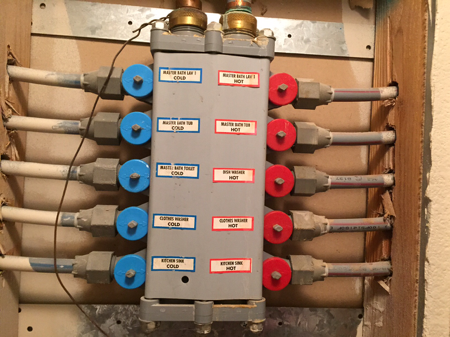
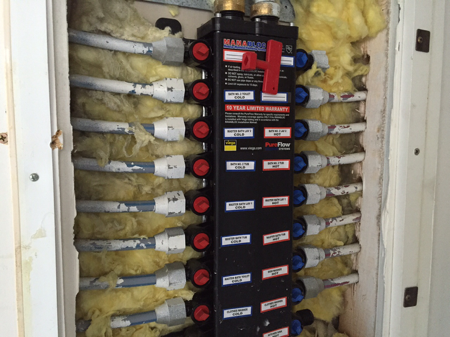

Abandoned Manabloc Ports
This is frequently an indication that a pipe was initially installed at this location of the manabloc, but failed for some reason. Rather than re-install the pipe back to the original manabloc location, the pipes was likely spliced into another run, somewhere closer to fixture. If many units possess manablocs with abandoned ports, it’s another sign of a property wide issue that will likely need to be addressed.
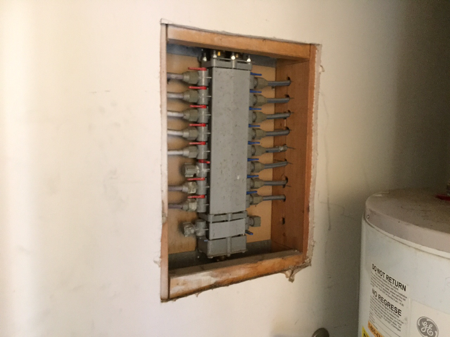
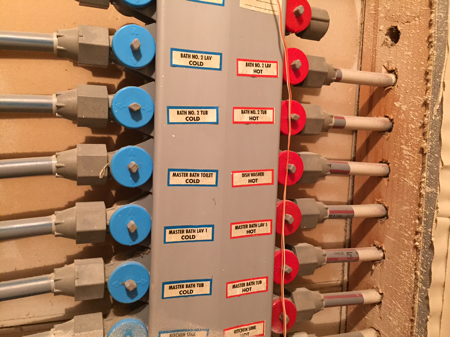

Cups and Buckets to Catch Leaks
When inspecting manablocs, we frequently find that maintenance managers, residents, or property owners have installed small cups or buckets directly under the manabloc within the wall cavity to collect leaks and drips. This is the most urgent sign of a problem because it typically indicates a recent or active leak.

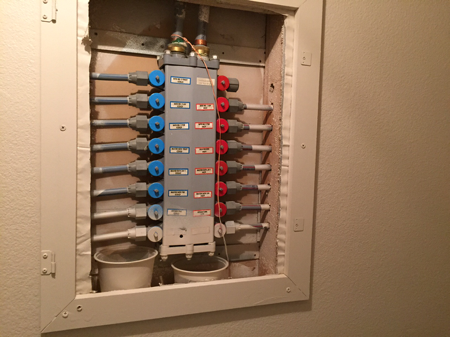
If you have manablocs installed at your property and you are wondering if its time for a repipe, take the time to perform an inventory and assessment of the manablocs across your property. If you have one or more of the above conditions present, it might be time to consider a repipe, rather than face the cost associated with repeated leaks and repairs, resulting damages, insurance premium increases and ultimately resident turnover.

